Unnatural Selection Katrina van Grouw Princeton University Press (2018)
The witty, exquisitely illustrated book Unnatural Selection pays homage to Charles Darwin’s The Variation of Animals and Plants under Domestication on its 150th anniversary. Katrina Van Grouw, a natural-history illustrator and self-taught biologist, has created more than 400 drawings of domesticated animal species to underline how human intervention has altered their characteristics and appearance. Many of her models are skeletons or taxidermied specimens, from pigeons to pigs.
Van Grouw describes the evolutionary principles behind the selection of various desired traits — from elongated backs to elaborately patterned fur. Along the way, she throws in a few non-domesticated creatures, such as finches, for their genetic interest and sheer beauty.
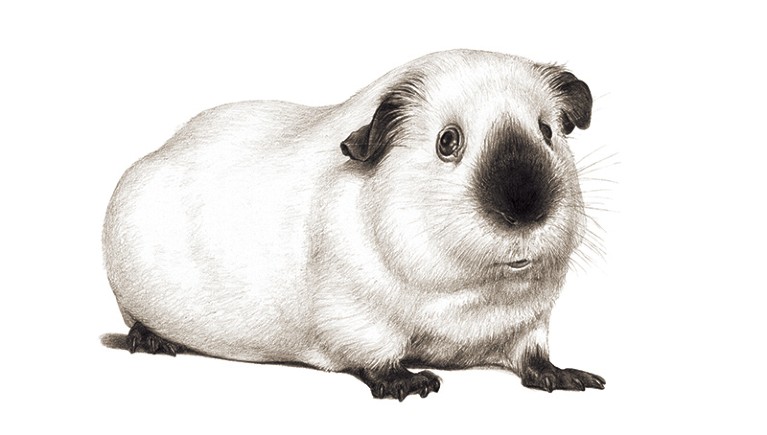
Credit: Katrina van Grouw
Pointed guinea pigs. The environment can have a big influence on how particular genes are expressed. Cats, rabbits and guinea pigs, for instance, come in ‘pointed’ varieties, with pale bodies and darker extremities. In these animals, the variant of the gene for the production of melanin is expressed only at low temperatures, distant from core body warmth.
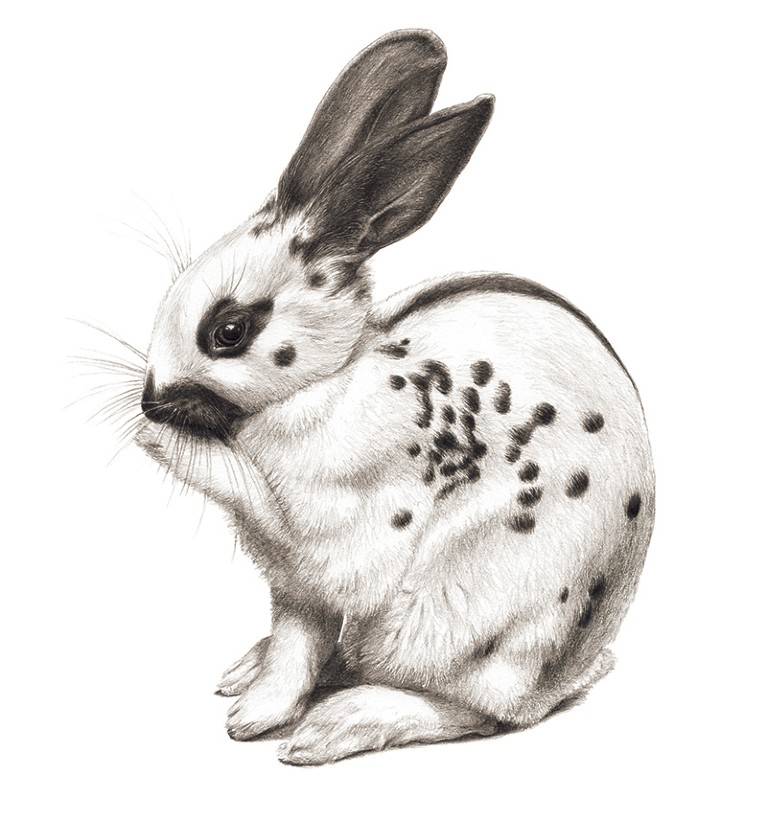
Credit: Katrina van Grouw
The patterned rabbit. Cross a brown rabbit with a certain type of white rabbit — each colour being a dominant trait — and both spots and stripes can appear in the offspring. This demonstrates that the hereditary unit is indivisible: in the battle for supremacy between dominant genes, traits don’t merge into beige. Instead, there are patches of one trait or the other.
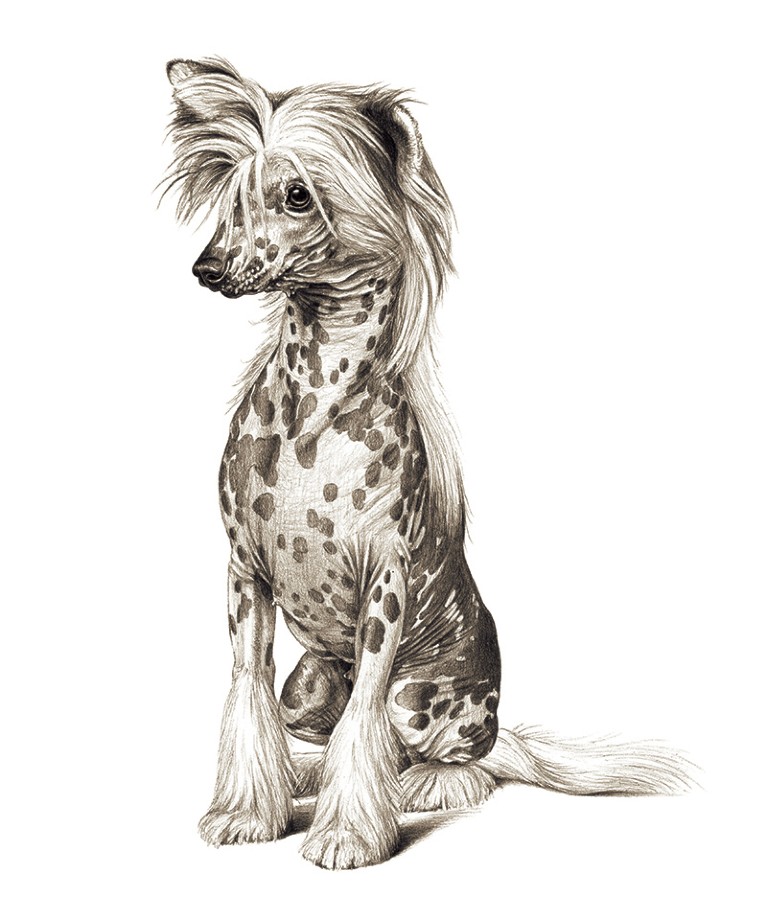
Credit: Katrina van Grouw
Hair of the dog (or not). Gene dominance is not as black and white as this Chinese crested dog. One gene can be partially dominant with respect to another, and variants of the same gene — alleles — can be dominant to differing degrees. This odd specimen has one recessive copy of a gene that promotes the growth of a long, silky pelt, and one copy of a partially dominant variant causing hairlessness.
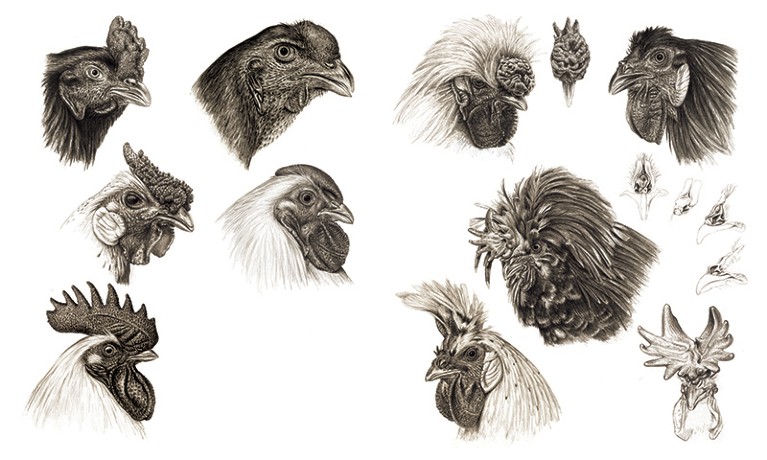
Credit: Katrina van Grouw
The complex chicken comb. The fleshy growths on chickens’ heads come in all shapes and sizes. Some combs are barely noticeable; others, gloriously elaborate. The genetics of comb shapes are complex, involving different genes and variants, which makes breeding experiments as much a matter of luck as of judgement.
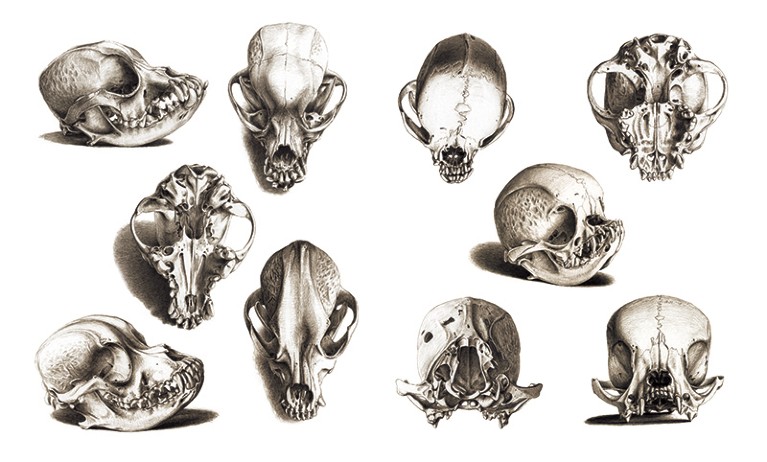
Credit: Katrina van Grouw
Trends in spaniel skulls. Of all mammals, dogs have the greatest propensity for diversity. Their skull shapes, in particular, can change radically. In the nineteenth century, the pointy faces of spaniels familiar from paintings by the old masters (top left) gave way almost entirely to the more rounded skulls of King Charles spaniels (right). A twentieth-century breeding programme created the Cavalier King Charles spaniel (bottom left), bringing the skull full circle, back to the old-fashioned shape.
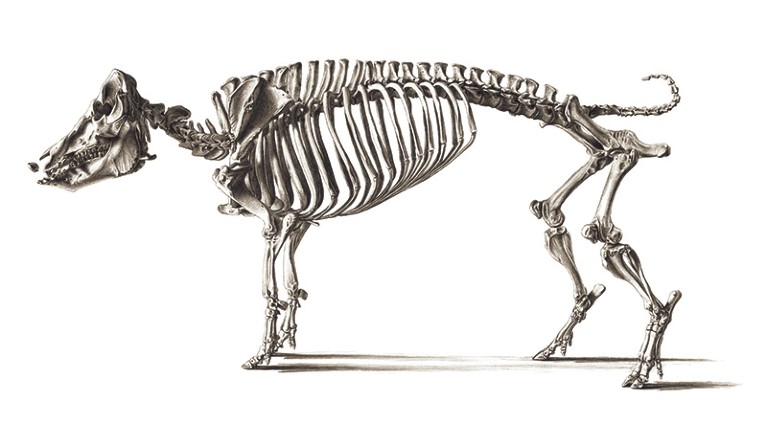
Credit: Katrina van Grouw
Pigs with extra vertebrae. Much as fast-food joints would like to see chickens with more than two wings, the genetics of an animal’s basic body plan are practically unalterable. But it is a little easier to breed an animal with an extra copy of an existing repeated structure. Random genetic mutations occasionally throw out animals with extra-long backbones: gold dust for breeders wanting to optimize meat production. This German pig species racks up 21 vertebrae. Modern commercial pigs can have up to 23.
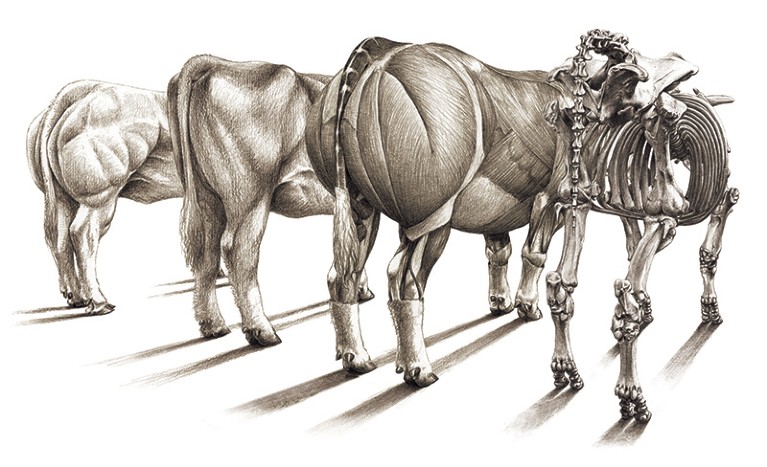
Credit: Katrina van Grouw
Double-muscled bulls. Livestock breeders have capitalized cruelly on occasional mutations that switch off processes regulating the growth of muscle cells, leading to the ‘double-muscling’ trait. Notoriously, that has been introduced into chickens bred for meat to speed their path to the dining table. These double-muscled cattle have difficulty supporting their own weight, and their oversized offspring must be delivered by caesarean section.
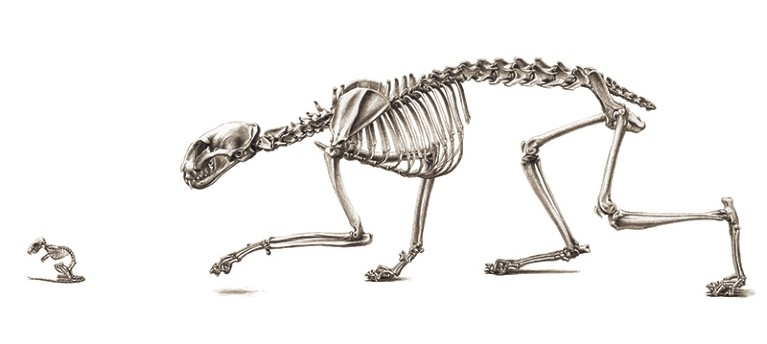
Credit: Katrina van Grouw
A tailless feline. Originating on the Isle of Man in the Irish Sea, the Manx cat has no tail. It exemplifies the island effect described by Darwin after his voyage to the Galapagos archipelago. There, he witnessed the divergence of finch species separated by short stretches of water. Isolated populations are inevitably inbred, and a dominant mutation (such as taillessness) in a small founding population can come to take over in subsequent generations.

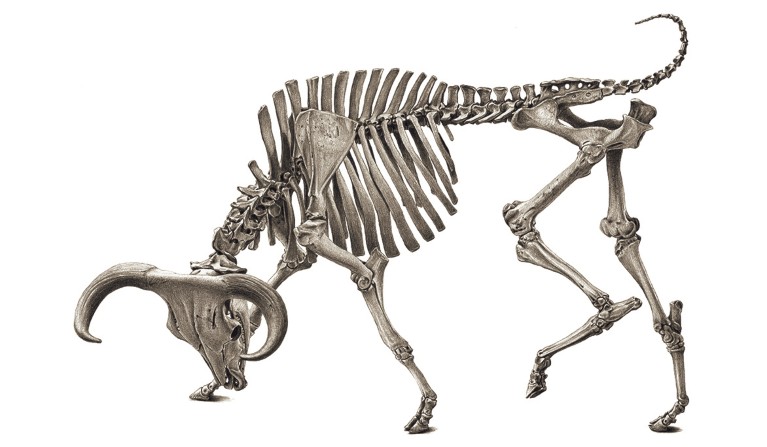
 The bird stripped bare
The bird stripped bare
 Menageries of the mind
Menageries of the mind
 The long trek to domesticated bliss
The long trek to domesticated bliss





